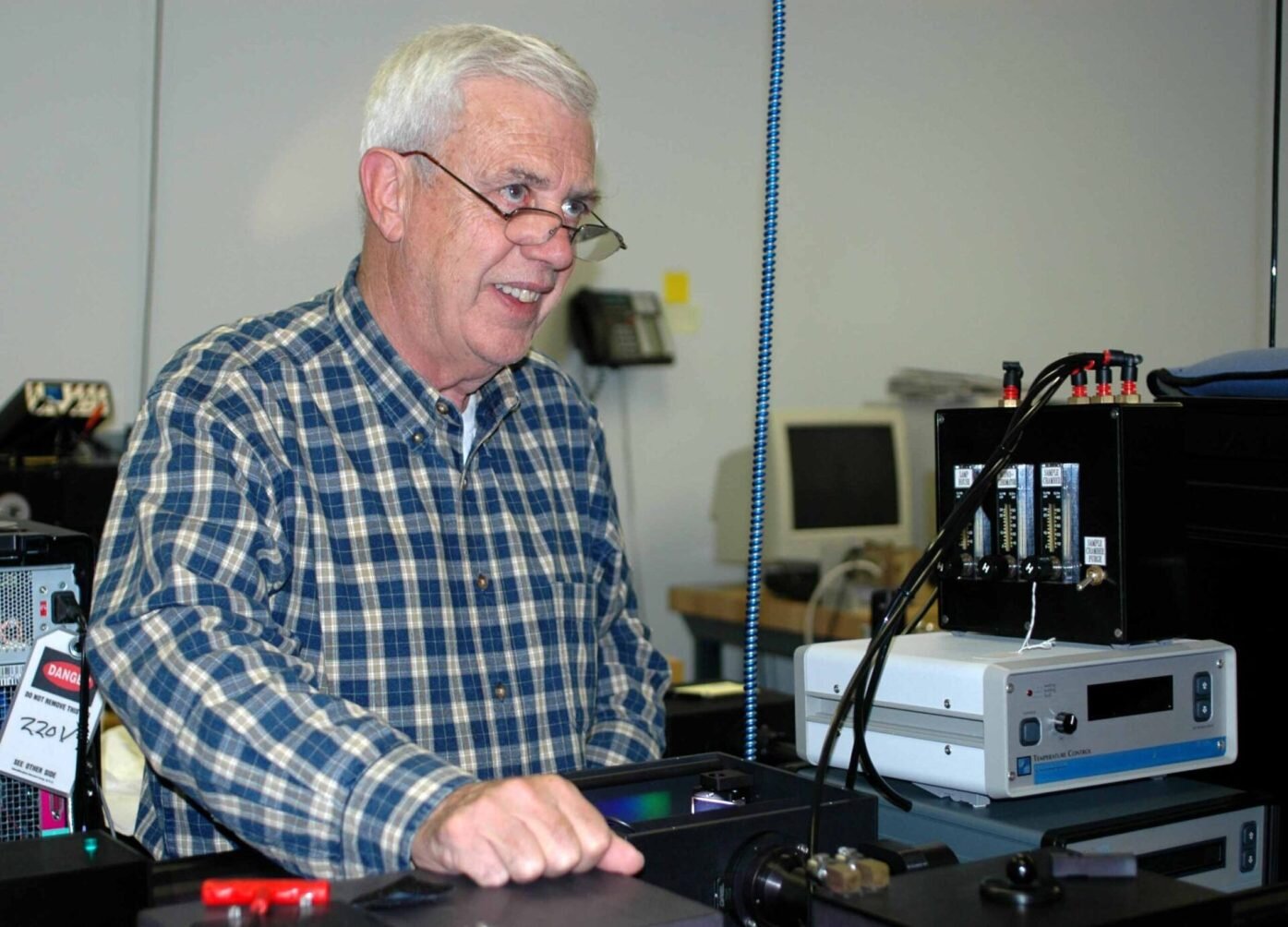All about Uv/vis
All about Uv/vis
Blog Article
Circularly Polarized Luminescence - Truths
Table of ContentsHow Circularly Polarized Luminescence can Save You Time, Stress, and Money.Some Known Incorrect Statements About Uv/vis Get This Report on Circularly Polarized LuminescenceUv/vis - TruthsThe Best Strategy To Use For Circular Dichroism

Spectrophotometry is most commonly applied to ultraviolet, visible, and infrared radiation, modern spectrophotometers can question large swaths of the electromagnetic spectrum, consisting of x-ray, ultraviolet, noticeable, infrared, and/or microwave wavelengths. Spectrophotometry is a tool that depends upon the quantitative analysis of molecules depending upon how much light is soaked up by colored substances.
The 10-Minute Rule for Uv/vis
A spectrophotometer is frequently used for the measurement of transmittance or reflectance of options, transparent or nontransparent solids, such as refined glass, or gases. Lots of biochemicals are colored, as in, they soak up noticeable light and therefore can be measured by colorimetric treatments, even colorless biochemicals can typically be converted to colored compounds appropriate for chromogenic color-forming reactions to yield compounds appropriate for colorimetric analysis.: 65 However, they can likewise be developed to measure the diffusivity on any of the noted light varieties that usually cover around 2002500 nm utilizing various controls and calibrations.
An example of an experiment in which spectrophotometry is used is the determination of the balance constant of a solution. A specific chain reaction within an option might happen in a forward and reverse instructions, where reactants form products and products break down into reactants. Eventually, this chain reaction will reach a point of balance called an equilibrium point.
5 Easy Facts About Uv/vis/nir Explained
The quantity of light that travels through the solution is a sign of the concentration of particular chemicals that do not allow light to pass through. The absorption of light is because of the interaction of light with the electronic and vibrational modes of particles. Each type of particle has an individual set of energy levels related to the makeup of its chemical bonds and nuclei and hence will take in light of specific wavelengths, or energies, resulting in unique spectral residential or commercial properties.
They are widely utilized in many markets including semiconductors, laser and optical manufacturing, printing and forensic examination, as well as in laboratories for the research study of chemical substances. Spectrophotometry is often utilized in measurements of enzyme activities, decisions of protein concentrations, decisions of enzymatic kinetic constants, and measurements of ligand binding reactions.: 65 Eventually, a spectrophotometer is able to determine, depending on the control or calibration, what compounds are present in a target and precisely how much through estimations of observed wavelengths.
Invented by Arnold O. Beckman in 1940 [], the spectrophotometer was developed with the aid of his coworkers at his business National Technical Laboratories founded in 1935 which would become Beckman Instrument Company and ultimately Beckman Coulter. This would come as a service to the previously produced spectrophotometers which were not able to take in the ultraviolet properly.
Circularly Polarized Luminescence Fundamentals Explained
It would be discovered that this did not provide acceptable outcomes, for that reason in Design B, there was a shift from a glass to a quartz prism which permitted better absorbance results - spectrophotometers (http://go.bubbl.us/df2308/dba3?/New-Mind-Map). From there, Design C was born with a change to the wavelength resolution which wound up having 3 units of it produced
It was produced from 1941 to 1976 where the cost for it in 1941 was US$723 (far-UV devices were a choice at additional expense). In the words of Nobel chemistry laureate Bruce Merrifield, it was "probably the most essential instrument ever established towards the development of bioscience." Once it ended up being terminated in 1976, Hewlett-Packard produced the very first commercially readily available diode-array spectrophotometer in 1979 referred to as the HP 8450A. It irradiates the sample with polychromatic light which the sample soaks up depending upon its homes. It is transmitted back by grating the photodiode array which identifies the wavelength Read More Here area of the spectrum. Given that then, the creation and execution of spectrophotometry gadgets has actually increased tremendously and has actually ended up being one of the most innovative instruments of our time.

See This Report about Spectrophotometers
The grating can either be movable or repaired.
In such systems, the grating is fixed and the intensity of each wavelength of light is measured by a various detector in the variety. When making transmission measurements, the spectrophotometer quantitatively compares the fraction of light that passes through a referral service and a test service, then electronically compares the intensities of the two signals and computes the portion of transmission of the sample compared to the reference requirement.

Report this page